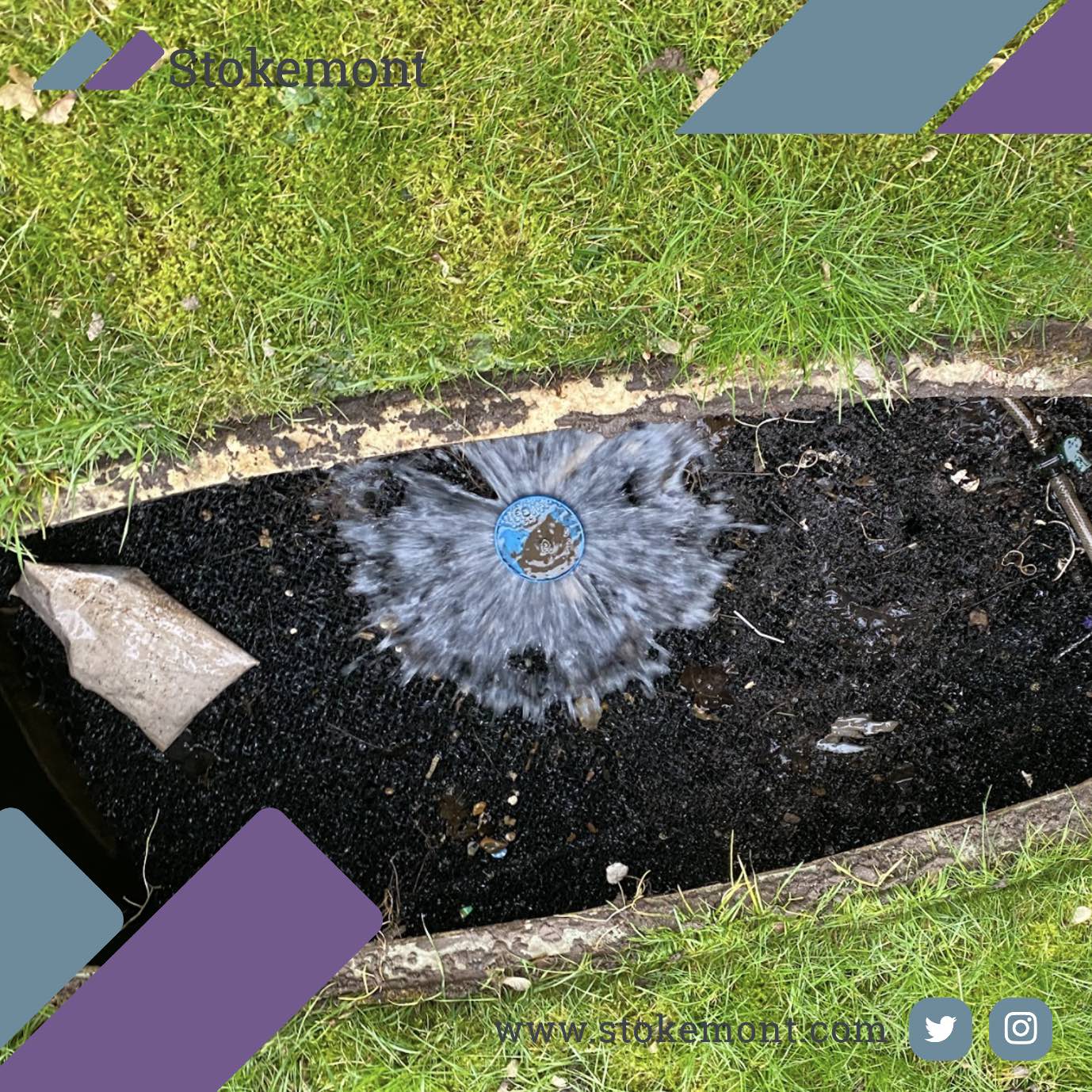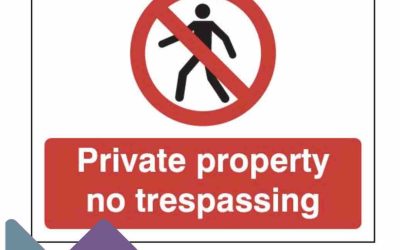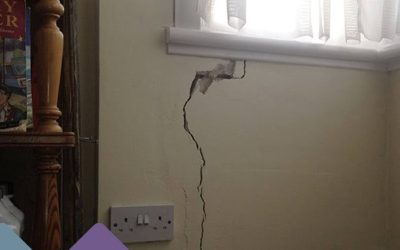In this week’s surveying blog, we will be discussing Soakaways and the necessity of their installation.
Soakaway Explained
You may be reading this asking yourself “ what is a soakaway?”; generally speaking, a soakaway is an additional drainage system that isn’t attached to any of your roof structures or your property as a whole in most cases. Its more or less a distant draining system.
Soakaways are an excavated drainage system specifically installed to manage high levels of surface water or areas or your property that always tend to be prone to pooling, this could include your front or rear garden areas.
We recently visited a property in Southend-on-Sea that was suffering from major pooling within the garden section of her property, the client wasn’t sure what had caused this so she reached out to us for Defect Analysis service.
After some investigation, we were able to establish that 3-4 of the neighbouring properties were all sharing this particular down pipe, as you can imagine, this surplus was causing an over flow within a lawn area. We recommend addressing this by the install of individual downpipes or an install of a soakaway to remove the frequent excess of water.
The overall purpose of the Soakaway is for it to effortlessly help dispose of excessive water levels, by directing it away from the house or hard standing and letting it run and seep into the ground. In turn assisting with any potential chances of flooding and also protecting the properties foundations and the general condition as water is known to be a prominent enemy to buildings.
As previously mentioned, Soakaways are generally an excavated drainage system, meaning it would need to be beneath the surface levels, so it requires excavation and removal of the existing ground for its installation. This is typically replaced with a formal structure, most commonly a plastic crate system as its robust in its form and provides good longevity, however other materials such as concrete or a fabric membrane can also be utilised.
Key Points to Know
Percolation Test:
Ground conditions at a property can change over time, particularly the level of ground water (also known as the water table). So this must be monitored over the course of its installation as this can have an effect on the functionality of a drainage field or soakaway and can quickly cause issue.
Therefore, the overall ground conditions must be tested before proceeding with the installation of a Soakaway, trial holes can be dug with water filling the excavated section to see how the soil reacts.
If the water has soaked away within two to three hours then the soakaway should generally speaking work very well.
On the other hand, if the water sits and pools without draining, then you will have to explore further with possible deeper excavations.
Regulation, i.e. Distance to House:
Part H within the building regulations suggest that Soakaways will need to be more than 5 meters away from the property.
The key elements of the Part H rules are that the soakaway must be 5 meters from a building or road. This is to avoid any issue or possible interaction with either your property or neighbouring properties foundations.
There are also some other issues that are noted within Party H of the building regulations:
- A soakaway must be 2.5 meters from the boundary.
- The soakaway must not be in an area of unstable ground or where the lowest point of the soakaway meets the water table at any point of the year.
- The soakaway must not be near any other soakaway or drainage field, as this would compromise the absorption of the ground.
If you would like to read more into the building regulation requirements please visit the government’s guidance on the matter.
Maintenance:
Soakaways once installed, need to be frequently maintained, especially if installed close by vegetation or mature trees. Tree roots can quickly find their way into soakaways seeking moisture and as a result damage and split or crack the material.
Furthermore, ensuring that the Soakaway is free from moss, or general vegetation is key as if the Soakaway is blocked, it would quickly become inadequate and defeat the purpose of its install and lead to pooling and excess water on the surface as it will no longer be draining away the surplus water.
Therefore, it is recommended that any blockages are cleared with a jet-wash. It should be taken into account the material used for the Soakaway install, when trying to clear blockages, as for a plastic type, a shovel/spade may cause damage.
Service Method Statement
If you are to have a Soakaway installed, it’s very important to make it your duty to be aware of the overall operation and requirements of the Soakaway. When installed by a competent contractor/professional, a method statement should be provided or requested in order for you as an owner to be fully abreast about the maintenance requirements, access, and inspections necessary and how frequent this would be necessary. This should generally be updated every time an inspection or maintenance works have been undertaken and always readily available to the owners and those in charge of maintenance over the lifetime of the property, should the property be sold in the future.
We hope this blog has managed to help aid a decision into deciding whether or not you are in need a Soakaway. If you are in the process of purchasing a house and you happen to find that there are significant levels of water present anywhere around the perimeter of your building, why not give us a call.
Our professionals will be able to assist in identifying whether you are indeed in need a Soakaway installation or whether this is a defect caused by another matter within the surrounding areas of your property. In any event, we would be happy to assist.




